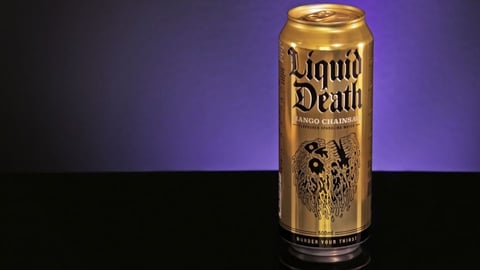How Colgate-Palmolive Is Bridging Gaps in the Complicated Retail Media Landscape
Everyone wants a piece of the pie when it comes to retail media.
Amid channel erosion due to television ratings in decline, and the battle for insights intensifying as third-party cookies take a hit, CPGs are looking for improved ways to effectively reach consumers and identify valuable shopper behavior patterns through advertising data.
While the concept is simple — it’s just media sold by retailers, said Vivek Rastogi, senior director, global digital commerce, Colgate-Palmolive — it’s the relationship pivot between CPGs and retailers that’s introducing complexities.
“Traditionally, on the brand side, we sell products to retailers. For the first time, retailers are selling something and we are trying to buy it, and that’s a huge shift in the dynamics,” said Rastogi during CGT’s recent Consumer Goods Sales & Marketing Summit.
Retail Media Landscape at a Glance
“Retail media is expected to hit about $55 billion in the U.S. alone this year — four times the size that it was four years ago,” said Rastogi.
Skai and sister brand Path to Purchase Institute’s (P2PI) 2024 State of Retail Media study found that less than a third (28%) of CPGs have created dedicated retail media teams to keep up with the growth of the channel.
Fifty-two percent of CPG respondents to a Nielsen and Coresight Research survey said they are most concerned with a lack of reporting standards within RMN measurement.
The Challenged Areas of Retail Media
While retail has changed the way CPGs conduct regular business as marketers, there’s a lack of structure and dedicated expertise, said Rastogi.
Siloed functions are impeding progress. These advertising pathways require marketers to have a cross-section of knowledge to truly understand the consumer viewpoint, but companies are simply not yet equipped for this.
Separated business practices also bring to light the question of budgets — who will be funding these costly advertising channels? Is it trade marketing or should it come from the media budget? There’s no wrong answer, Rastogi said, but costs can be prohibitive and there’s not much consensus on who is footing the bill.
Additionally, Rastogi pointed to a gap in knowledge from account managers who have never done advertising or purchased media and cannot, therefore, provide guidance on best practices.
Changing CPG Mindset
There are various areas of opportunity, including evaluating a host of criteria to allocate dollars accordingly, he said. This means rethinking KPIs.
More from the Summit: Estée Lauder’s new culture of measurement with AI
“We’ve been stuck, but with incrementality, LTV, new to brand… think about what are the general KPIs that should be looked at and measured to understand what we are going for.” Additionally, Rastogi recommended embedding first-party data in clean rooms to really understand lookalikes and segment to personalize at scale.
CPGs will need to integrate retail media into their overall media plans to take part in a mindset shift that will allow them to unlock the marketing channel’s potential, he said. It’s a big enough sector to do full-funnel advertising and use the avenue for brand awareness, but first, the perception of retail media needs to be changed to just media.





